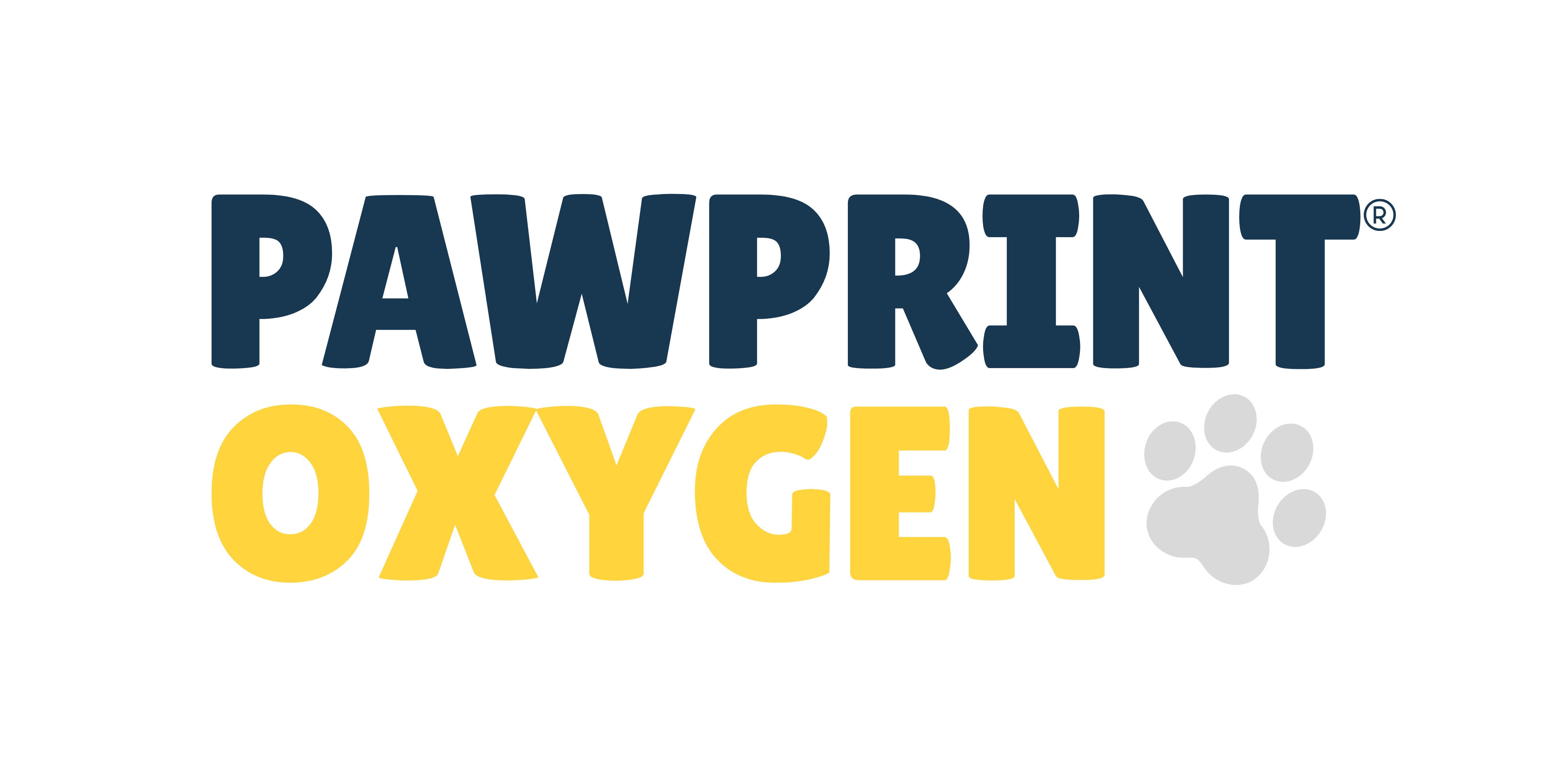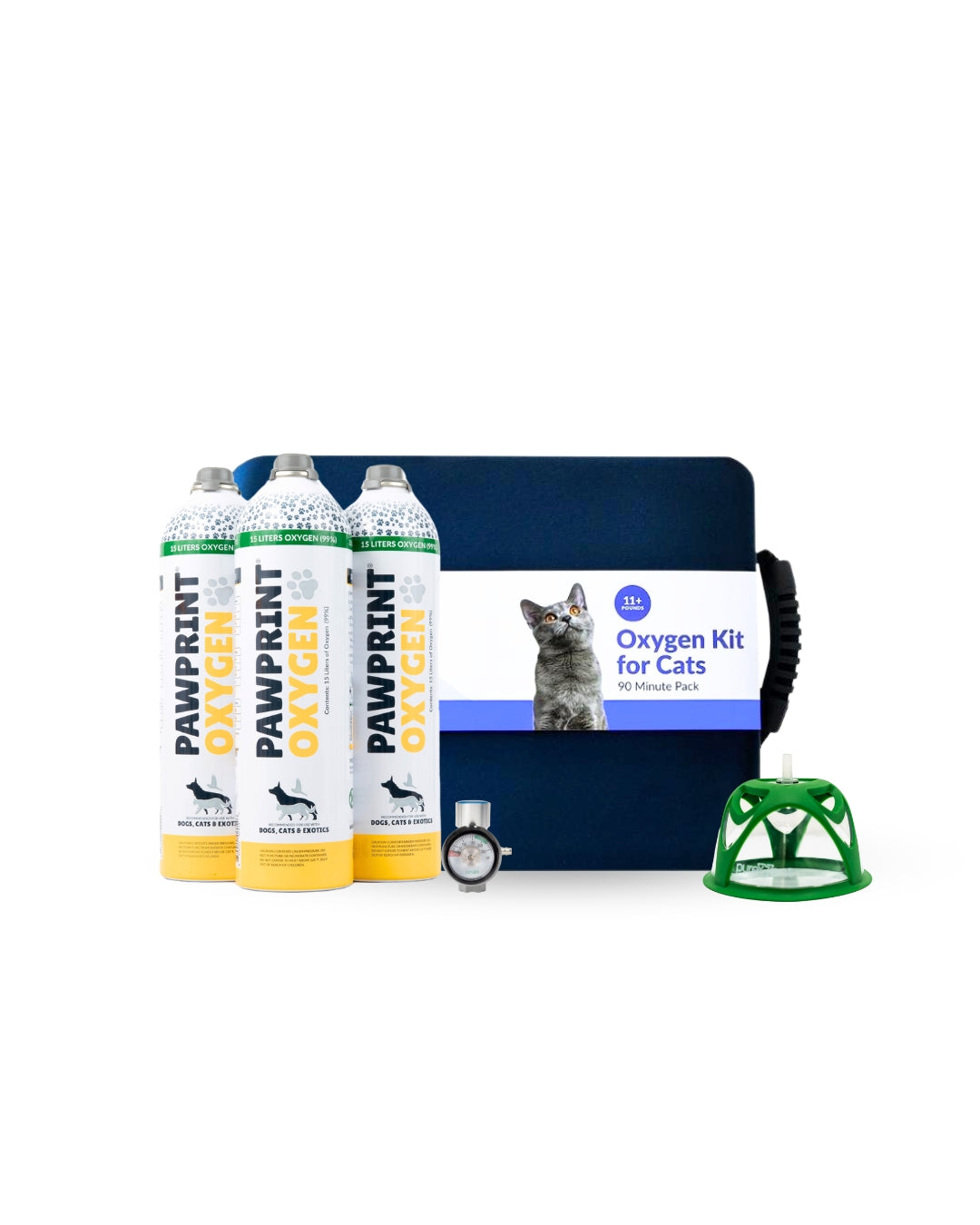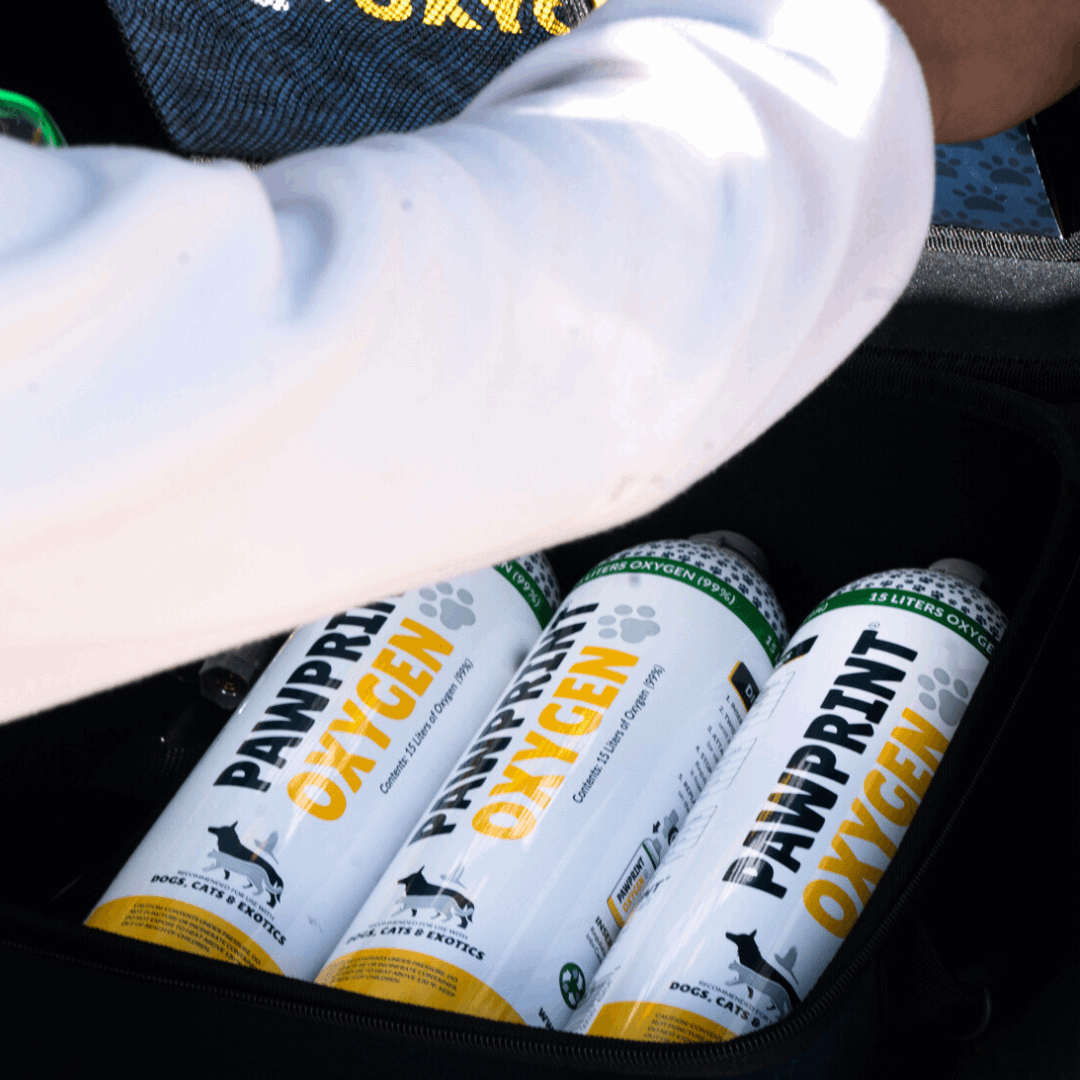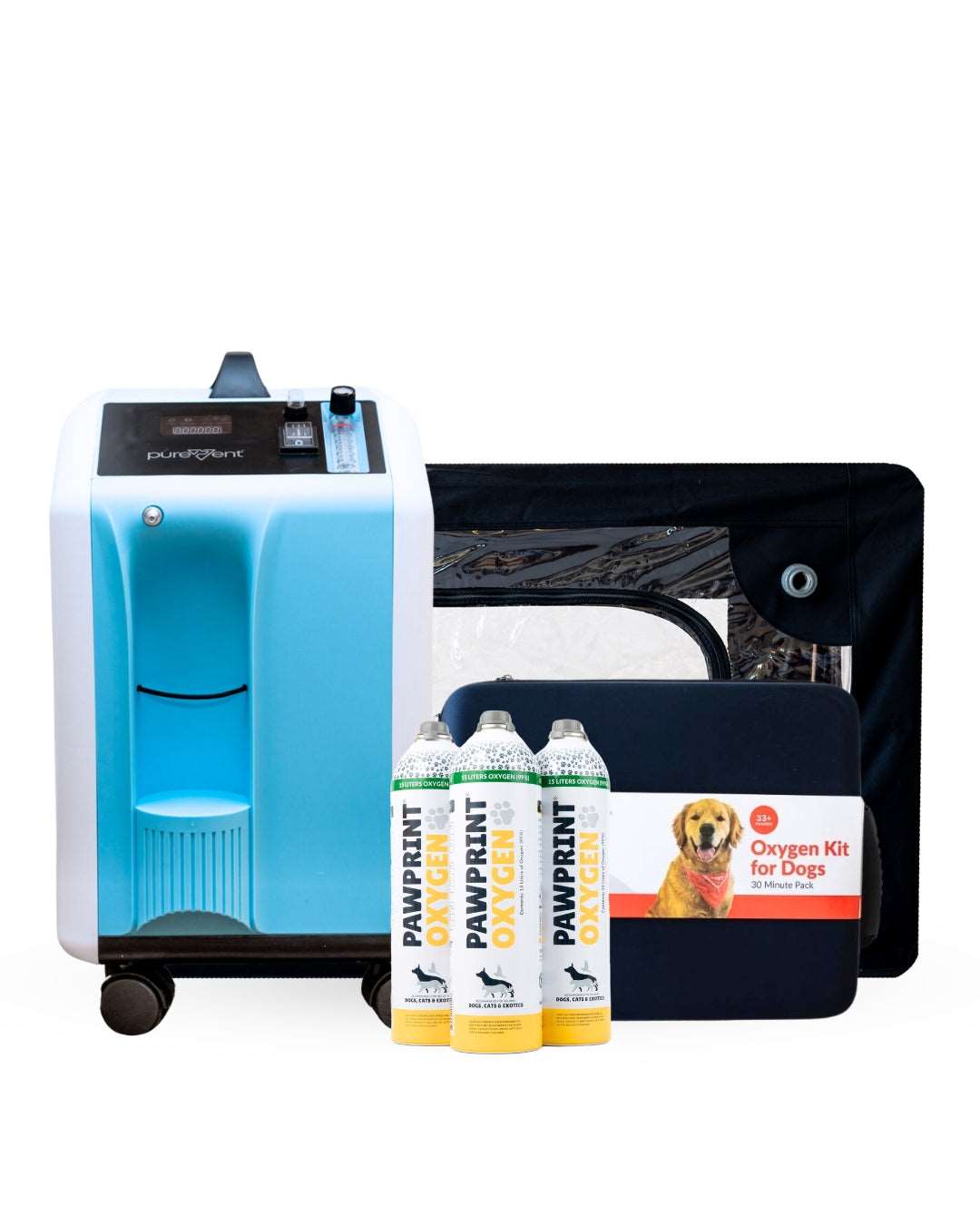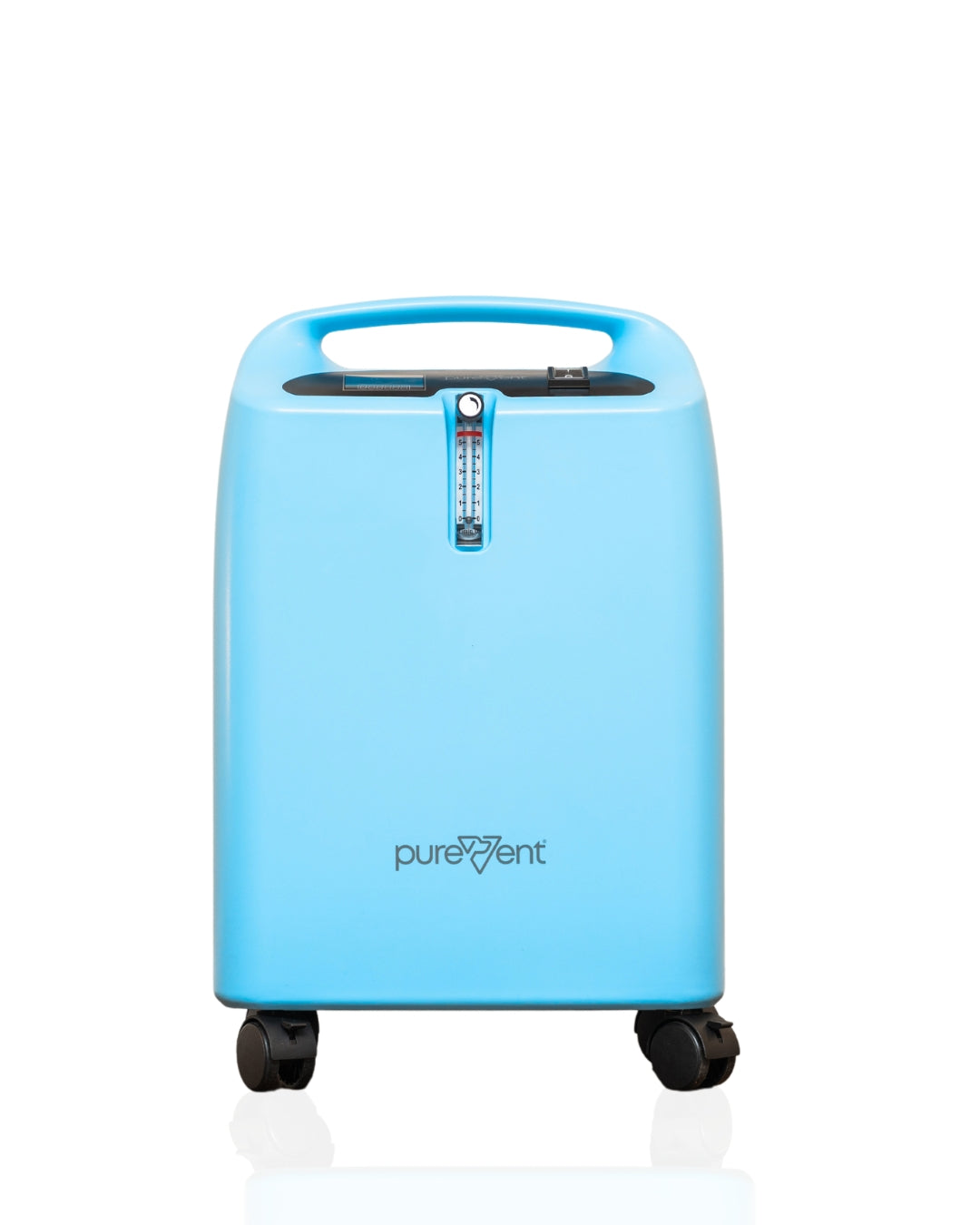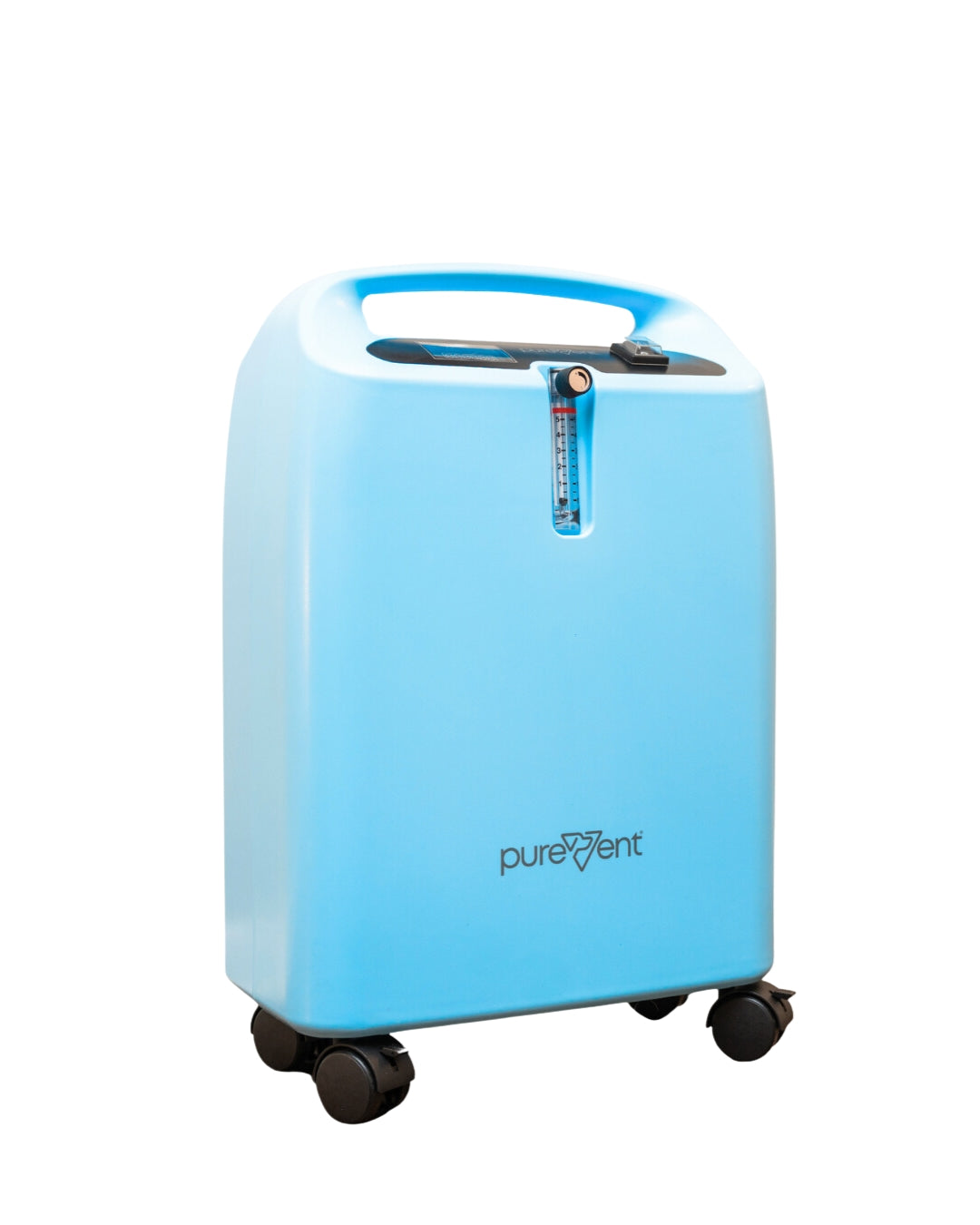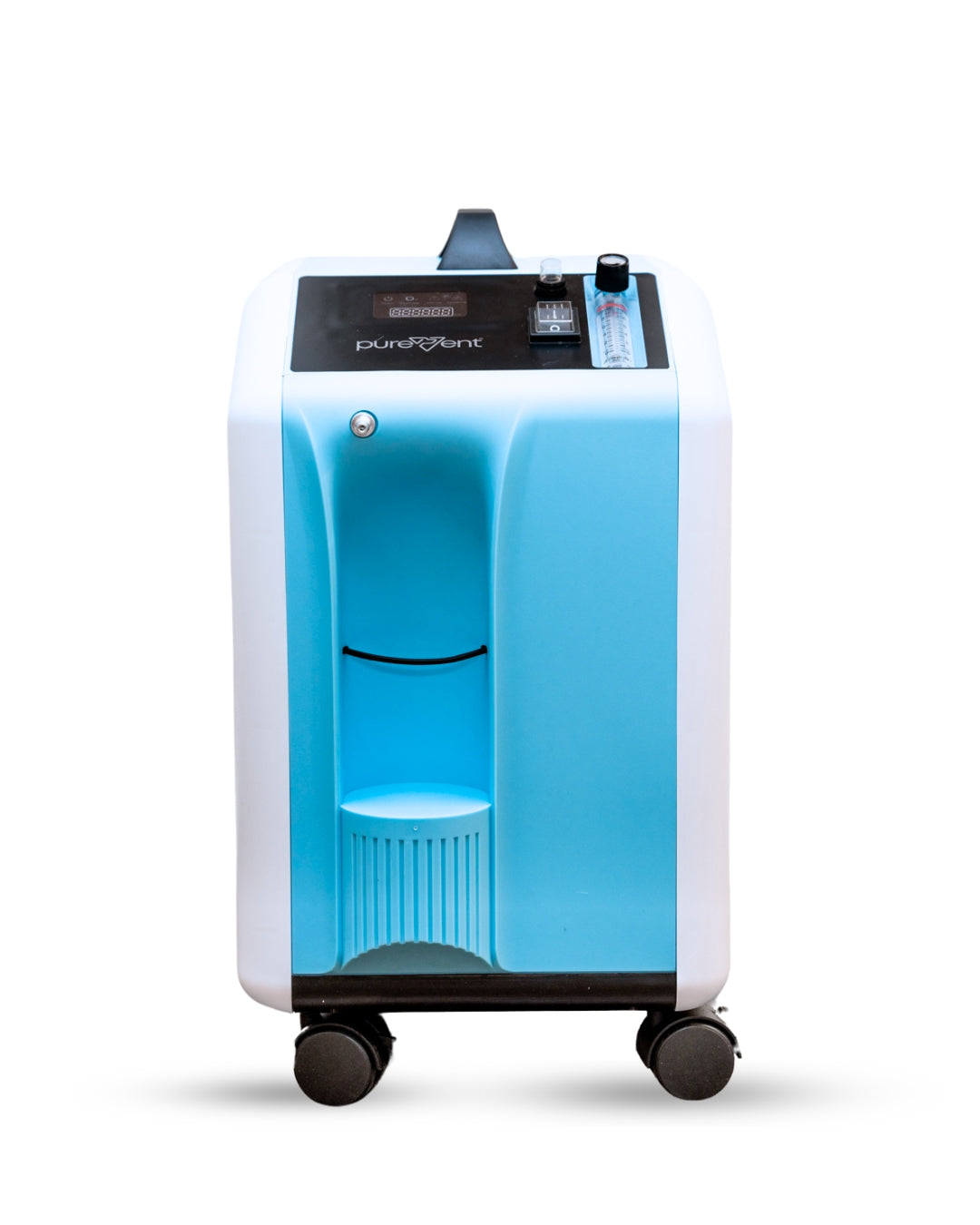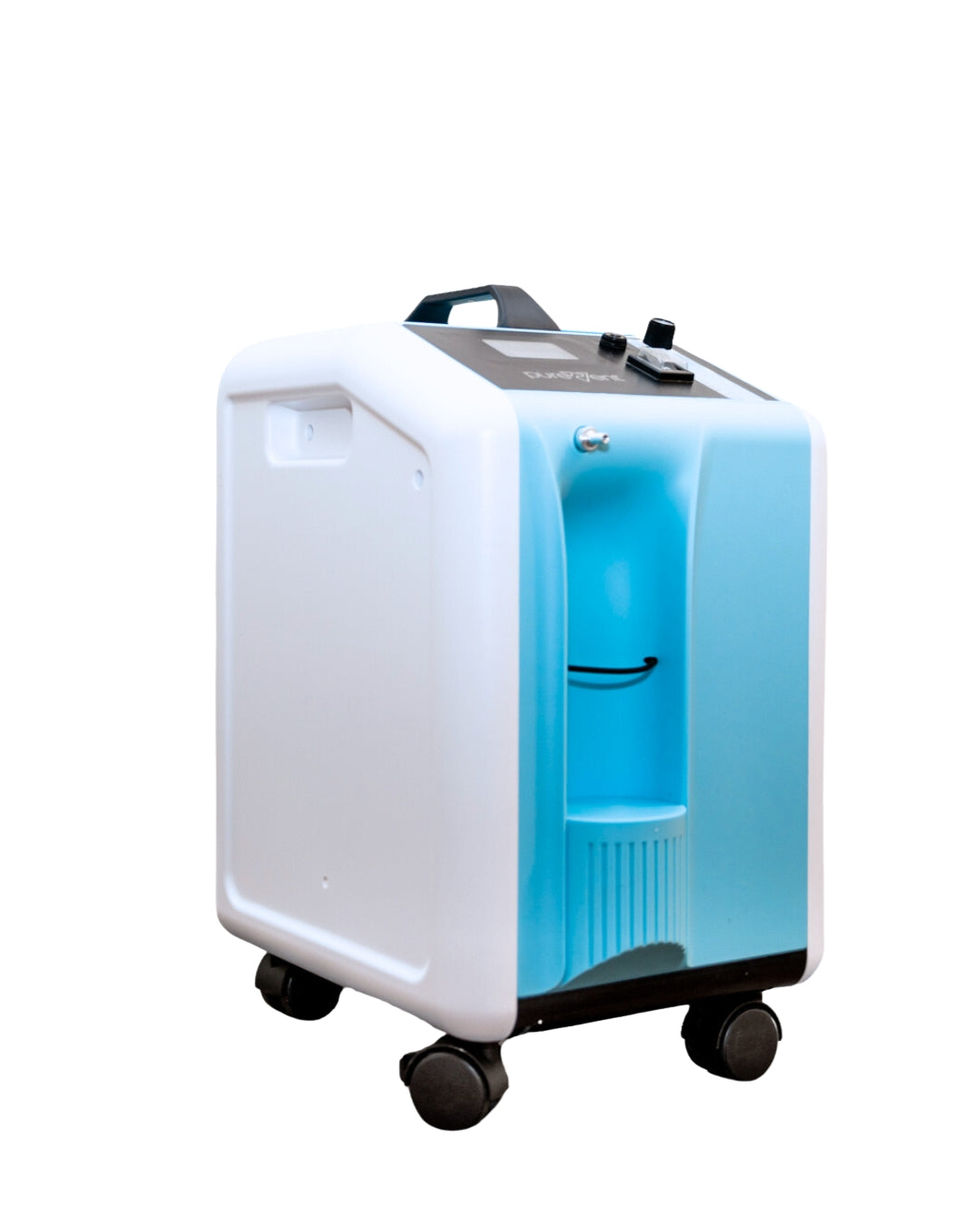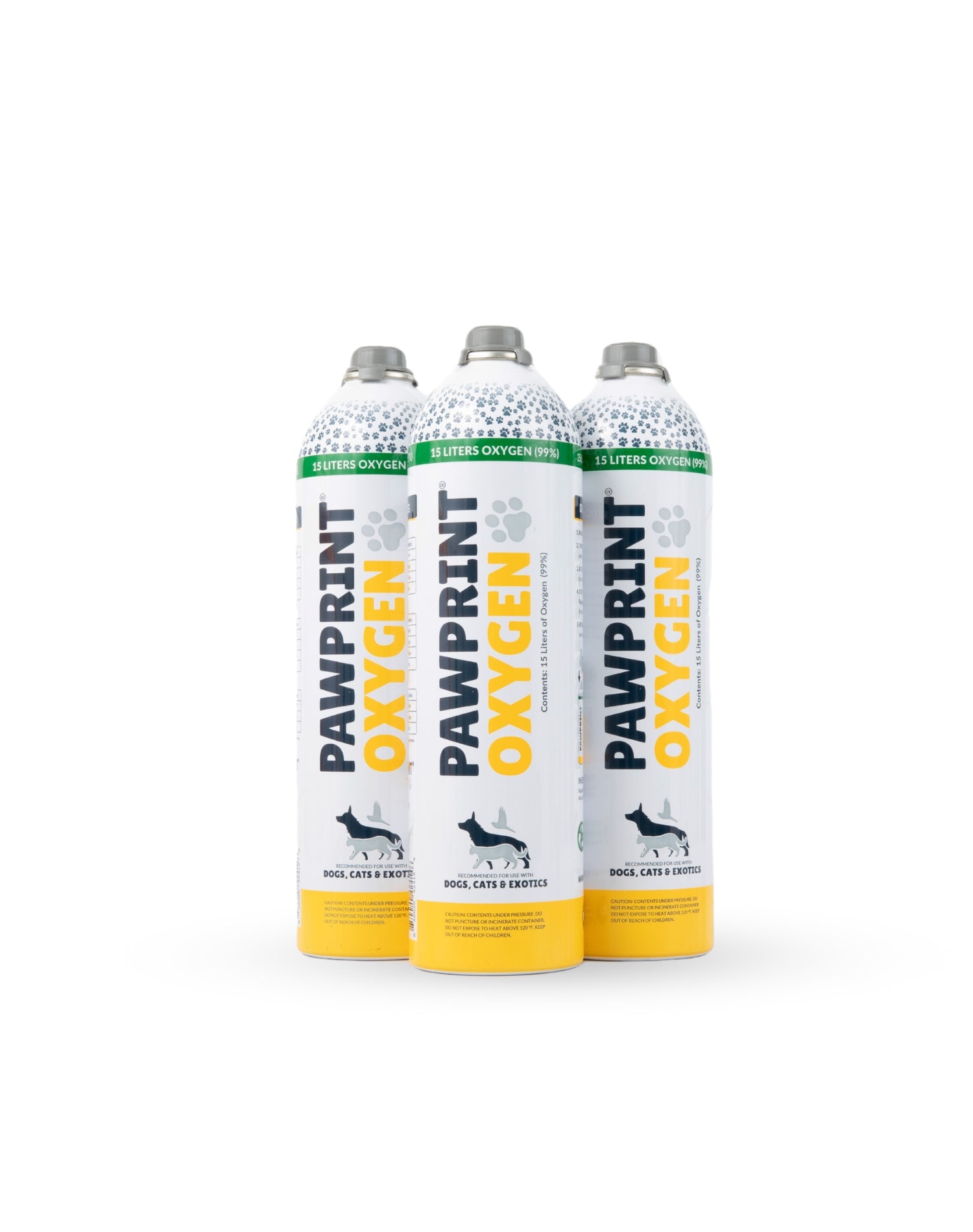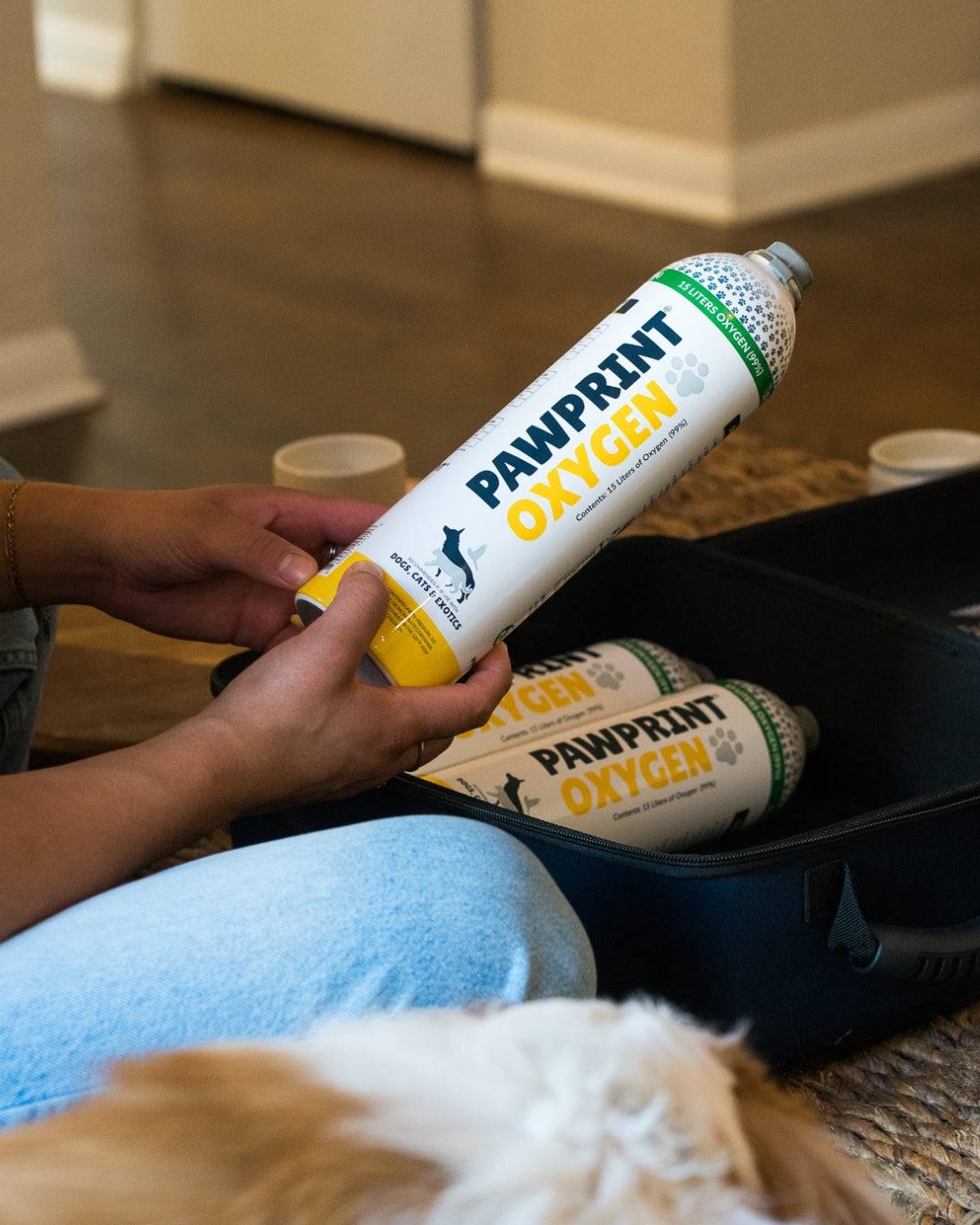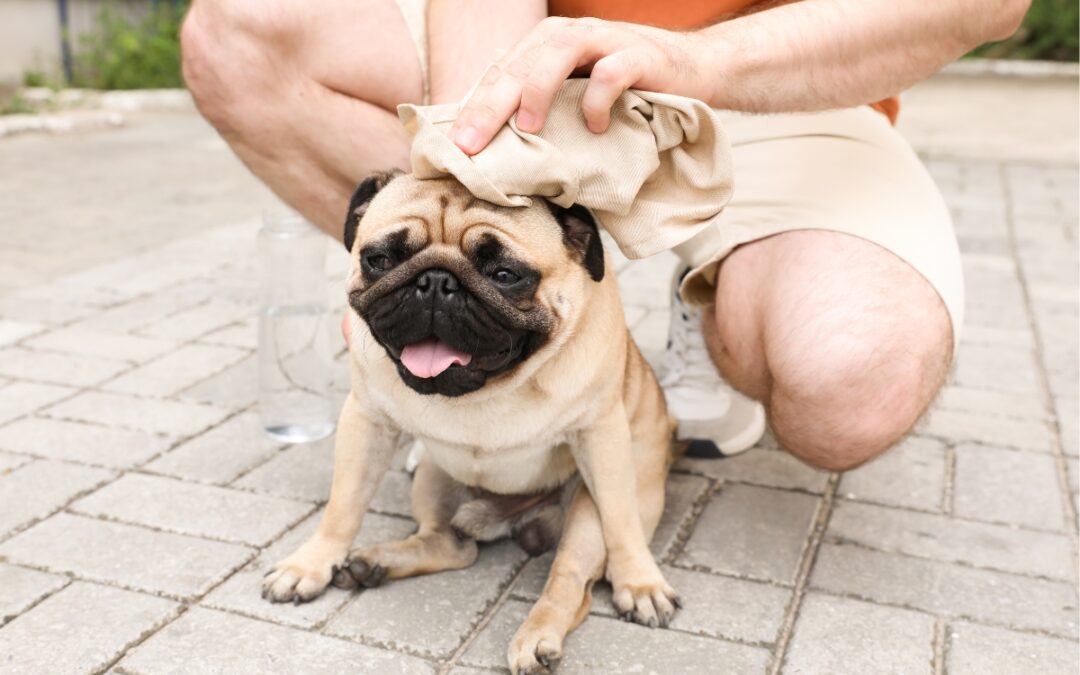Let’s break down how to rent an oxygen concentrator for your pet, we’ll discuss when Oxygen is needed, how long treatments should last, and how to start the rental process. This article also covers the cost of renting different models of oxygen concentrators and the benefits of using an oxygen cage for administering therapy to pets.
When Does My Pet Need to Use an Oxygen Concentrator?
When your veterinarian recommends extended oxygen therapy for your pet, it can be overwhelming. What is an oxygen concentrator? Is it expensive? Should I rent an oxygen concentrator it or buy it? How do I order? How long and how much oxygen do I give my pet? Can I give too much? These are all valid concerns, and this article aims to make the process simpler.
Typically, pets that require longer courses of oxygen therapy, typically several hours a day or more, will need an oxygen concentrator. Pets with heart and lung conditions like congestive heart failure and pulmonary hypertension, and pets that that are recovering from surgery or dealing with conditions like Collapsing Trachea, pneumonia, may require long courses of oxygen therapy.
Oxygen concentrators are a good option for pets that need long periods of therapy as our units are able to provide upwards of 30,000 hours of therapy with no need to refill it with oxygen. So, how does it work? When you are setting up your concentrator, you will plug it into an outlet at home. By turning on the unit, it will start to pull in room air and concentrate that down to 90% oxygen gas. This concentrated oxygen is what you will use to provide therapy to your pet, either via an oxygen mask or an oxygen cage. Talking to your veterinarian is the best way to ensure that your pet needs this type of therapy.
How Long Do I Administer Oxygen Treatments to My Pet?
Once you have confirmed that your pet needs extended oxygen therapy and have an approved prescription, what is a typical oxygen therapy session going to look like? Frequency and length of therapy sessions depends on many factors including the pet’s diagnosis, how well the pet is tolerating room air, and how well they are accepting therapy.
Typically, a therapy session is between thirty minutes and two hours in length, and sessions can be given several times a day. Some pets require more, and some less. Speaking with your veterinarian is the best way to ensure you are giving your pet the appropriate therapy sessions.
Can you give your pet too much oxygen? The answer is yes, but thankfully it is very difficult to do so, especially if you have followed all directions on setting up and using your equipment. Giving more than 2 hours of oxygen at 100% saturation is not advised. As you are setting up your oxygen concentrator and your Buster ICU Oxygen Cage, you will notice that we recommend using either the 40% or 60% Venturi piece.
Whether you purchase or rent an oxygen concentrator, you will receive a full venturi kit with all necessary adaptors included. A Venturi piece is a specific adaptor that connects the oxygen concentrator to the cage, and is the mechanism that allows you to set the oxygen saturation inside the cage. By using either the 40% or 60% pieces, you are ensuring that some room air is being mixed with the oxygen coming from the concentrator. In this way, we are ensuring your pet will not suffer from oxygen toxicity. We recommend sessions 2 hours in length or shorter, also to mitigate any risk of toxicity.
How Do I Start the Process to Rent an Oxygen Concentrator?
Renting a concentrator versus purchasing may be best if you are going to be using the concentrator for a short period of time. Some pet parents are helping their furry loved ones to stay as comfortable as possible for end-of-life care. Other pet parents are using the concentrator for recovery after an illness or surgery, and will only need it for a short time. In cases like these, many times purchasing the oxygen concentrator doesn’t make as much financial sense as renting.
Where Do I Start?
Oxygen concentrator rentals can be initiated over the phone or directly through our website. Once your order is received, our representatives reach out to assist in completing the final steps, including signing a digital rental agreement. If you don't already have a prescription on hand, you'll provide your pet and veterinarian details through checkout and our team members handle the rest. Once an approved prescription is received, we'll alert you that your order has completed and ship out your concentrator! You can rent an oxygen concentrator for as little or as long as you like. Included in your shipment, you will have a pre-paid shipping label, which you can use to return the unit once you are done using it. We have two different oxygen concentrator models to rent, and our helpful staff will assist you in deciding which unit best fits your pet’s needs.
How Much Does Renting an Oxygen Concentrator Cost?
Depending on which model best fits your pet’s needs, the pricing to rent an oxygen concentrator is as follows:
The Pawprint Pro5 (our 5LPM option) is typically recommended for smaller pets, or larger pets who will be receiving their treatment via an oxygen mask. To rent the Pawprint Pro5, you will need an approved prescription and a completed rental agreement. The cost to rent a Pawprint Pro5 is $400 for the first month, and then $200 for every additional month thereafter.
The Drive Medical 1025DS (our 10LPM option) is typically recommended for larger pets, or pets who require a higher flow rate. To rent the Drive Medical 1025DS, you will need an approved prescription and a completed rental agreement. The cost to rent a Drive Medical 1025DS is $500 per month.
When you rent an oxygen concentrator, you will be enrolled to receive an email seven days in advance of any charges, giving you time to return it before the next monthly charge occurs. You are welcome to return the unit at any time. All of our rentals include free ground shipping to you and back. The rental also comes with a 25-foot oxygen tube to be used with either an oxygen cage or mask. Expedited shipping is available at an additional cost.
What is a Pet Oxygen Cage and Why Would I Need One?
An oxygen cage is a safe and easy way to administer oxygen therapy to your pet. We recommend the Buster ICU Oxygen Cage, which utilizes a Venturi system that allows you to set the oxygen saturation level in the cage. The Venturi system also disperses excess carbon dioxide, heat, and humidity to ensure that your pet is safe and comfortable.
Providing your pet with oxygen therapy via an oxygen cage may be beneficial if your pet requires a longer therapy session where holding a mask up to them may not be practical or comfortable. Pets are able to relax comfortably in the oxygen cage as the oxygen is flowing, which can ease stress, allowing treatment to be more effective.
Due to sanitary concerns, we are not able to rent out the oxygen cages, so all cages will need to be purchased. We carry three sizes and recommend each size based on your pet’s weight.
- Small (18” x 13” x 13”): For pets under 10lbs
- Medium (24” x 18’ x 18”): For pets under 25lbs
- Large (44’ x 26’ x 26”): For pets up to 70lbs
Each oxygen cage comes with 7-feet of oxygen tubing, a complete Venturi set, ice packs, and a carrying case.
If you have additional questions, or want to start the rental process, give us a call! We are available to assist you from 9am-5pm EST Monday through Friday at 855-699-4366.
